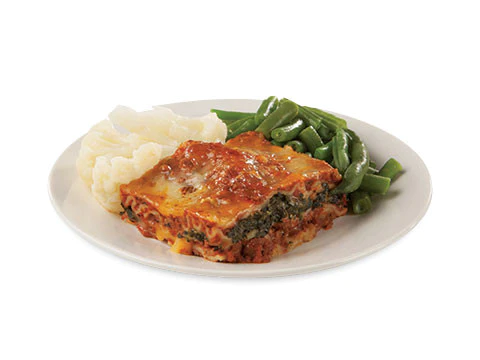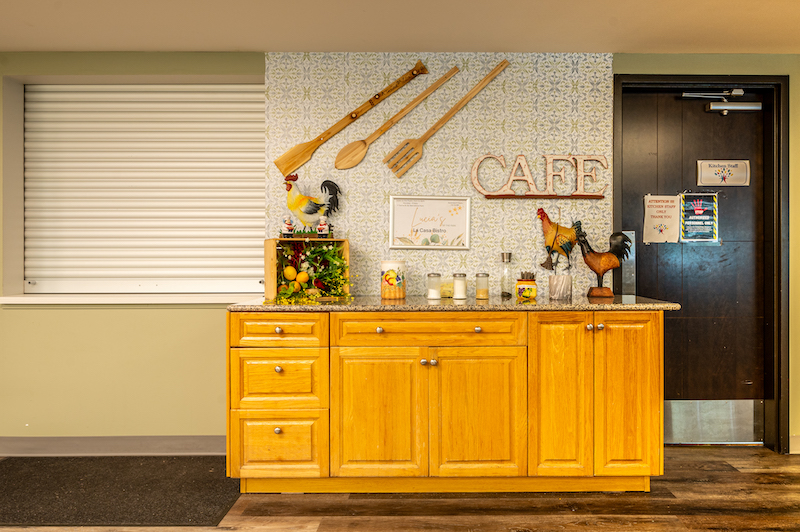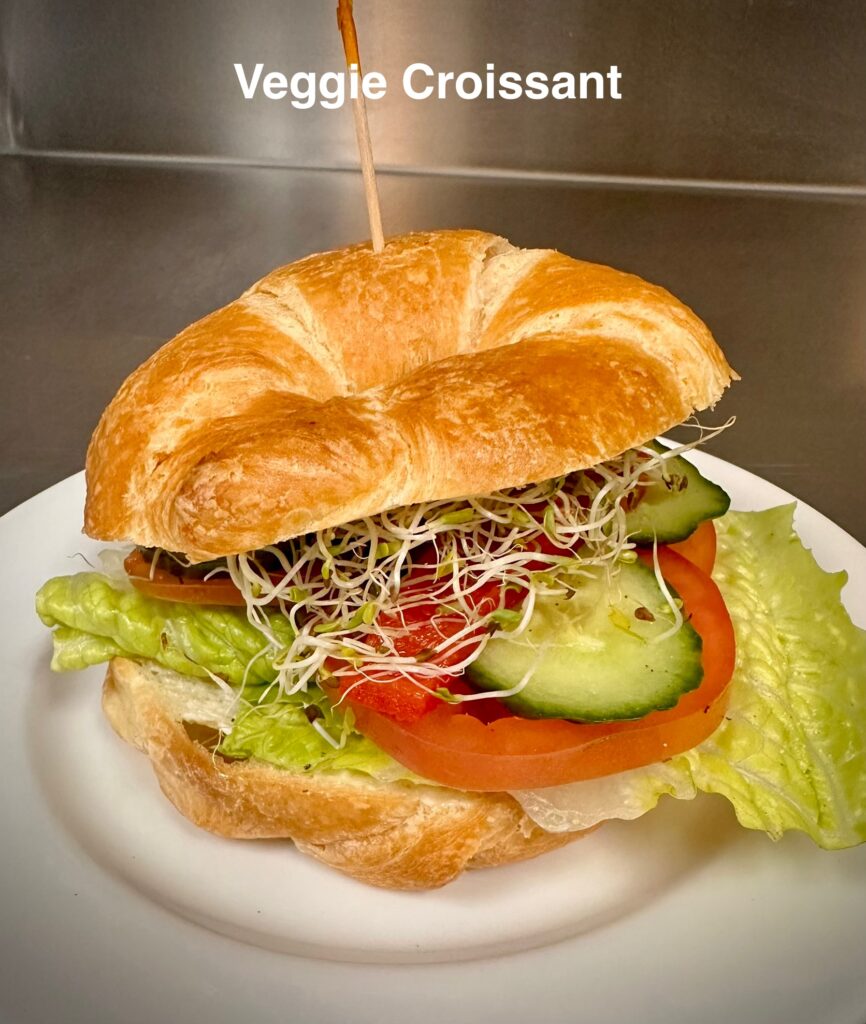Blog
Covid-19: My Perspective
I want to be open about my knowledge of this virus. I’m just a senior citizen with no special powers or expertise. I read, watch and listen to a wide variety of institutions, media networks and individuals. I try not to shy away from those with whom I disagree.
Over my years, I’ve learned a great deal and I keep having to relearn the basics, particularly about human nature. I have almost finished a book titled Pale Rider by Laura Spinney – The Spanish Flu of 1918 and how it changed the world.
Two of the strongest learnings is the tug of war between best response with science-based knowledge when guiding interventions to a pandemic with that of the economic considerations. The second learning is the tug of war between the benefits to an individual citizen and that of the collective good of a community of citizens.
Here’s my take on our current situation. Full disclosure, this was written and updated within 24 hours of being posted on March 24, 2020.
The covid-19 virus must attach itself to the lungs, where it uses the host body’s ability to replicate. No lungs, no virus. So ideally the science would say that, with no other considerations, we should all stop moving our feet. We should shuffle ourselves, so we are at least 2 meters apart and assume that position for at least the next 14 days. (Future knowledge in the following days or weeks or months may inform us that 14 days is too short, but for current purposes, I’m using current information.)
Obviously, this isn’t practical, so our response needs to be less than this perfect solution. Now the politician and the politics start to impact the decision making. This isn’t a bad thing, but now there is room for interpretation and risk assessment. Now we hear differences of opinion. They may be self-serving, genuine, right, wrong – pick your own interpretation and join the discussion.
Here’s what I do to make sense of it all and avoid being paralyzed by indecision because I can’t decide what is right. I use the filter of the ideal me standing in one spot, 2 meters away from everyone else for 14 days. Then I assess the advice of what to do and when to do it based on the risk I’m personally willing to accept.
A practical example, though dated. I have tickets to a concert that has about 200 people attending. So, it has not been closed because it is below the 250-audience threshold. What do I do? Ideally, I won’t be able to keep 2 meters apart, so my risk rises from ideal. The health system had to pick a number that would be helpful to reduce transmission but be supported by most people. The police have enough to do without arresting large groups of 251 people. Some jurisdictions went with 500. (recently updated: stay home and avoid as much contact as possible.)
My age as a senior puts me at higher risk than the general population. So, I have decided not to attend, even though the concert is still scheduled to proceed.
Take time to define what you believe to be an ideal response. Assess your personal risk and make decisions you feel confident about but necessarily happy about.
Stay safe. Wash your hands often. Ensure you have people or organizations that can respond if you shouldn’t leave home. Self-isolate if you meet the criteria on the AHS website
My thanks to St. Albert Seniors Association: 780-459-0433 for making this Blog possible.
Glenn Walmsley









